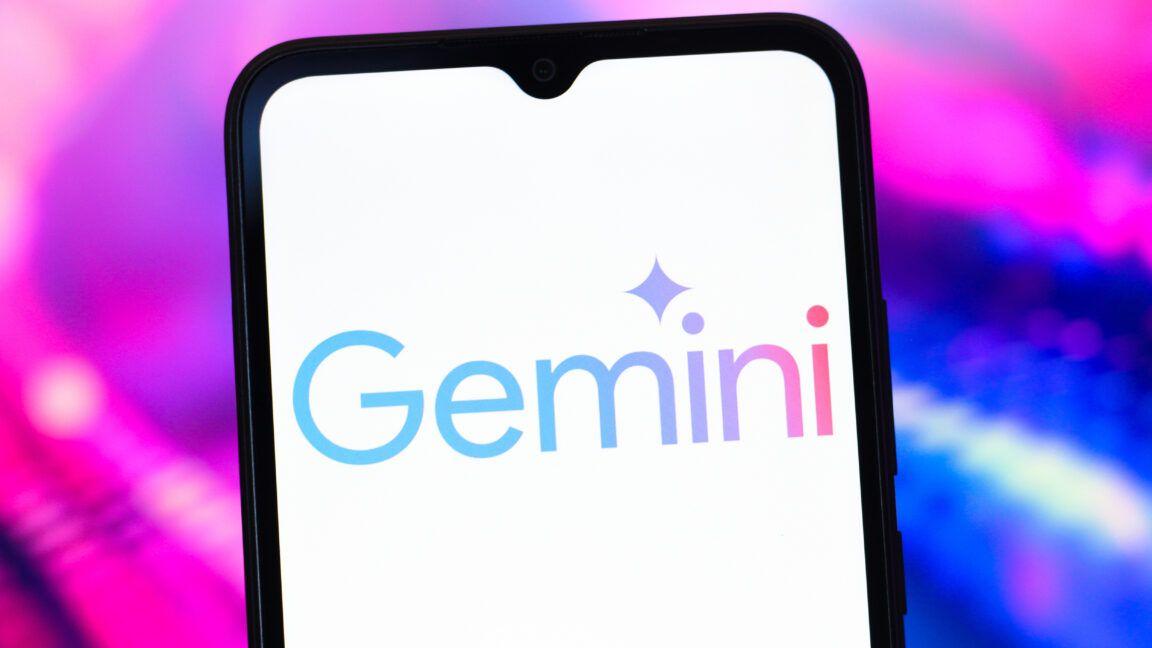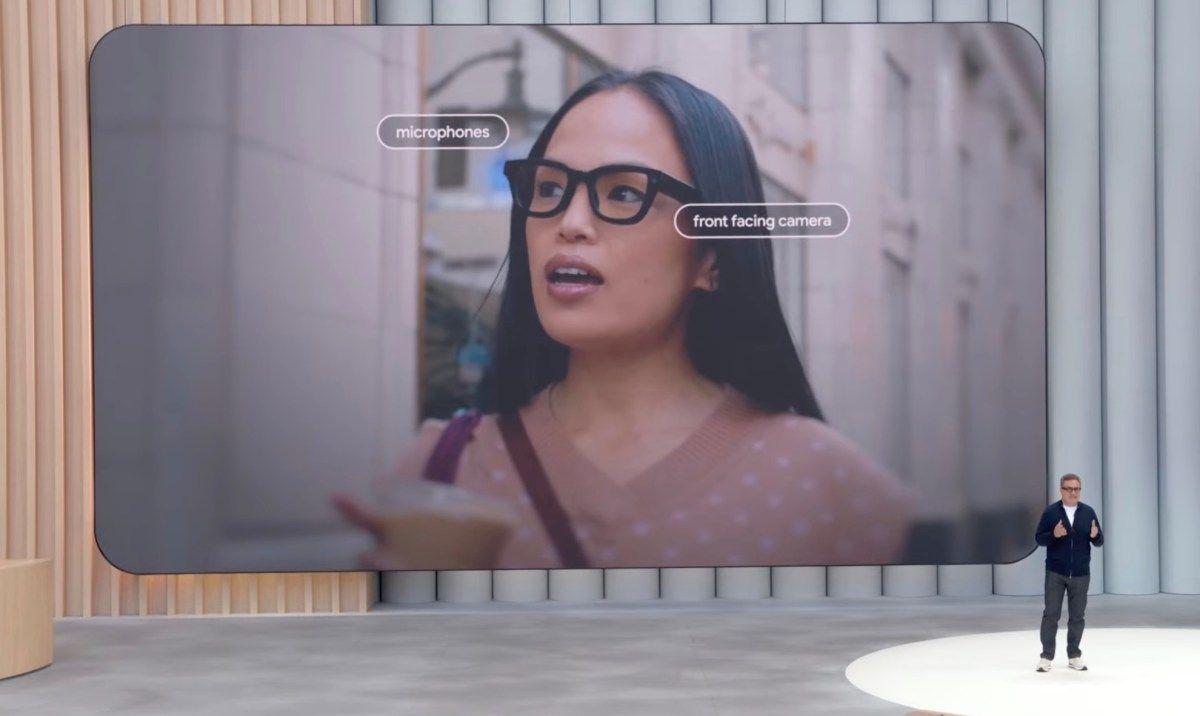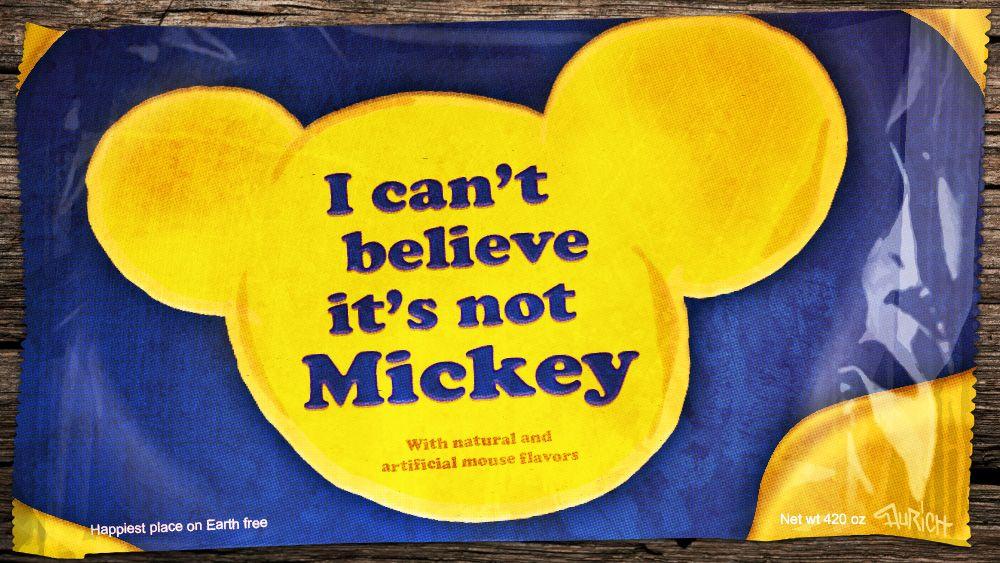Google's Gemini 2.5 Flash Image Model Goes Mainstream with Enhanced Features
4 Sources
4 Sources
[1]
Google's Gemini 2.5 Flash Image 'nano banana' model is generally available
Google's state-of-the-art image model is available for all.It first became famous under the codename "nano-banana."The model now comes with 10 different aspect ratios. Gemini 2.5 Flash Image, Google's state-of-the-art image-generating AI model otherwise known as "nano banana," formally introduced in August, is officially out of its testing phase and ready for full-scale, real-world use, the company announced Thursday. Also: OpenAI's Sora 2 launches with insanely realistic video and an iPhone app In addition to being generally available, Gemini 2.5 Flash Image now comes with 10 aspect ratios across four styles (landscape, square, portrait, and "flexible"), enabling "effortless content creation across various formats, from cinematic landscapes to vertical social media posts," Google wrote in its announcement. The company also published developer docs and a "cookbook" to help users get started with Gemini 2.5 Flash Image, which costs $0.039 per image. Available now through the Gemini API on Google AI Studio, and for enterprise use through Vertex AI, the model is known for its ability to maintain subject consistency across sets of images. Also: My new favorite Photoshop AI tool lets me combine images in one click - and I can't stop Brands, for example, can create images of the same product in multiple environments, giving them more options to choose from. Likewise, users can generate pictures of themselves or fictional characters wearing different outfits, say, without having to worry about the model adding rogue fingers, or falling prey to the other hallucinatory quirks for which image-generating AI tools have become notorious. Gemini 2.5 Flash Image also specializes in making minor edits to images based on natural language instructions ("Remove that marinara stain from my shirt, please") and fusing multiple images together, among other technical abilities. Many developers are investing heavily in image-generating AI tools, aiming to sell them to creators and businesses as cost-efficient alternatives to lengthy and expensive in-person photoshoots. Just this week, OpenAI released Sora 2, the latest model behind its Sora AI video generator, which showed massive improvement in photorealism. Also: Meta gives advertisers new AI personalization tools - while using your chats to target content As a result, technology has advanced rapidly, producing a flurry of tools that can generate photorealistic images in seconds -- as well as a torrent of deepfakes. Without comprehensive federal regulation, tech companies have had to take responsibility for building transparency measures into their image-generating tools to make sure their users know when they're seeing something generated by a machine -- or not. Any images that have been created or edited using Gemini 2.5 Flash Image include an invisible Synth ID watermark, according to Google, which means they can be identified as AI-generated by another model specifically trained for that purpose -- but probably not by the human eye.
[2]
From memes to mainstream: Gemini 2.5 Flash and Nano Banana updates roll out
Google's Gemini 2.5 Flash engine is finally out in the wild, after weeks of social feeds being dominated by the viral Nano Banana trend from quirky 3D figurines to ultra-sharp 4K portraits. CEO Sundar Pichai took to X to hype the launch, calling it "the best image editing + generation model" now generally available. He even dropped three banana emojis, nudging developers to quite literally "go bananas" with it. Gemini 2.5 Flash isn't just about generating images it now supports blending multiple visuals to maintain consistency. Google has also expanded Nano Banana's creative canvas with fresh aspect ratios: Landscape: 21:9, 16:9, 4:3, 3:2 Square: 1:1 Portrait: 9:16, 3:4, 2:3 Flexible: 5:4, 4:5 That means more room for experimentation from cinematic landscapes to Instagram portraits. Other updates include GIF generation (turn any image into a looping clip) and an infinite zoom feature that lets you dive endlessly into AI-enhanced details. Developers can get hands-on with Gemini 2.5 Flash via Google AI Studio, the Gemini API, or Vertex AI for enterprise workflows. AI Studio even has a new build mode that lets you spin up apps from a single prompt and push the project straight to GitHub. India, unsurprisingly, is leading the global charge on Nano Banana usage thanks to its social media virality. Beyond that, Nano Banana is also finding new homes from WhatsApp (via the Perplexity chatbot) to Adobe Photoshop, where it now powers generative fill.
[3]
Gemini 2.5 Flash Image now generally available with expanded aspect ratios and image-only output
Google has announced that Gemini 2.5 Flash Image is now generally available for production use, offering developers new capabilities for AI-powered image generation and editing. The update introduces 10 supported aspect ratios and the ability to generate image-only output, providing flexibility for various formats from cinematic landscapes to vertical social media posts. Developers can access Gemini 2.5 Flash Image through: Example apps include: Pricing is $0.039 per image and $30 per 1 million output tokens, in line with standard Gemini 2.5 Flash pricing. Gemini 2.5 Flash Image is now production-ready, enabling developers to leverage expanded aspect ratios, image-only output, and advanced image editing capabilities through the Gemini API on Google AI Studio and Vertex AI.
[4]
Google rolls out Gemini 2.5 Flash with features to create GIFs, blend multiple images and more
Google has officially rolled out its Gemini 2.5 Flash engine to developers worldwide, marking a significant step in its AI push. The model, which has already been making rounds on social media for the viral Nano Banana trend, is now available for creative projects as well. From 3D figurines to ultra-detailed 4K portraits, Gemini 2.5 Flash has quickly earned a reputation for being one of Google's most versatile image editing and generation engines. Interestingly, CEO Sundar Pichai also joined the conversation on X, reposting Google's official announcement and urging developers to "go bananas" with the new model, dropping three banana emojis in a playful nod to the trend. The new Gemini 2.5 Flash supports multi-image blending, giving users the ability to combine visuals while maintaining consistency. Alongside this, Google has updated Nano Banana with wider aspect ratio support, making it easier to create everything from cinematic landscapes to vertical social media content. Supported formats now include: Google shared that these options open up far more creative possibilities, particularly for developers working on media-rich apps. Additionally, Nano Banana also introduces GIF creation, letting users turn static images into dynamic animations, and an infinite zoom feature that allows AI-enhanced zoom into generated visuals. Also read: Elderly Mangaluru man loses Rs 23.3 lakh in online investment scam: Here's what happened For developers, Gemini 2.5 Flash is accessible via Google AI Studio, Gemini API, and Vertex AI for enterprise solutions. In AI Studio, a new build mode lets developers spin up entire AI-powered apps from a single prompt, with the option to export directly to GitHub.
Share
Share
Copy Link
Google's advanced AI image model, Gemini 2.5 Flash Image, is now generally available. The model, known for its 'nano banana' capabilities, offers expanded aspect ratios, image blending, and GIF creation features.

Google Unveils Gemini 2.5 Flash Image for Public Use
Google has officially launched its state-of-the-art image-generating AI model, Gemini 2.5 Flash Image, for general availability. The model, which gained popularity under the codename 'nano banana', is now out of its testing phase and ready for full-scale, real-world applications
1
.Enhanced Features and Capabilities
Gemini 2.5 Flash Image comes with several improvements and new features:
-
Expanded Aspect Ratios: The model now supports 10 different aspect ratios across four styles: landscape, square, portrait, and flexible. This enables content creation for various formats, from cinematic landscapes to vertical social media posts
1
2
. -
Image Blending: Users can now combine multiple images while maintaining consistency, allowing for creative applications such as placing products in different environments or generating images of characters in various outfits
1
2
. -
GIF Creation: The model can now turn static images into looping clips, adding a dynamic element to generated content
2
4
. -
Infinite Zoom: This feature allows users to dive endlessly into AI-enhanced details of generated images
2
. -
Image Editing: The model excels at making minor edits to images based on natural language instructions, such as removing imperfections or altering specific elements
1
.
Accessibility and Integration
Developers can access Gemini 2.5 Flash Image through multiple platforms:
- Google AI Studio
- Gemini API
- Vertex AI (for enterprise use)
1
3
Google has also published developer documentation and a 'cookbook' to help users get started with the model
1
.Related Stories
Pricing and Adoption
The cost for using Gemini 2.5 Flash Image is set at $0.039 per image and $30 per 1 million output tokens
1
3
.India is reportedly leading the global adoption of the model, thanks to its viral popularity on social media. The technology is also being integrated into various platforms, including WhatsApp (via the Perplexity chatbot) and Adobe Photoshop, where it powers generative fill features
2
.Implications and Future Developments
As image-generating AI tools continue to advance rapidly, they present both opportunities and challenges. While these tools offer cost-efficient alternatives to traditional content creation methods, they also raise concerns about the proliferation of deepfakes and the need for transparency in AI-generated content
1
.To address these concerns, Google has implemented an invisible Synth ID watermark on images created or edited using Gemini 2.5 Flash Image. This watermark can be identified by another model trained for that purpose, although it may not be visible to the human eye
1
.References
Summarized by
Navi
[3]
Related Stories
Google DeepMind Unveils 'Nano Banana' AI Model, Revolutionizing Image Editing in Gemini
27 Aug 2025•Technology

Google Unveils Gemini 2.5 Flash: A Faster, More Efficient AI Model
08 Apr 2025•Technology

Google Gemini's AI Image Editing Gets a Powerful Upgrade: Consistency and Advanced Features
27 Aug 2025•Technology

Recent Highlights
1
AI Chatbots Sway Voters More Effectively Than Traditional Political Ads, New Studies Reveal
Science and Research

2
Google AI glasses set to launch in 2026 with Gemini and Android XR across multiple partners
Technology

3
EU Launches Antitrust Probe Into Google's AI Training Practices and Content Usage
Policy and Regulation





